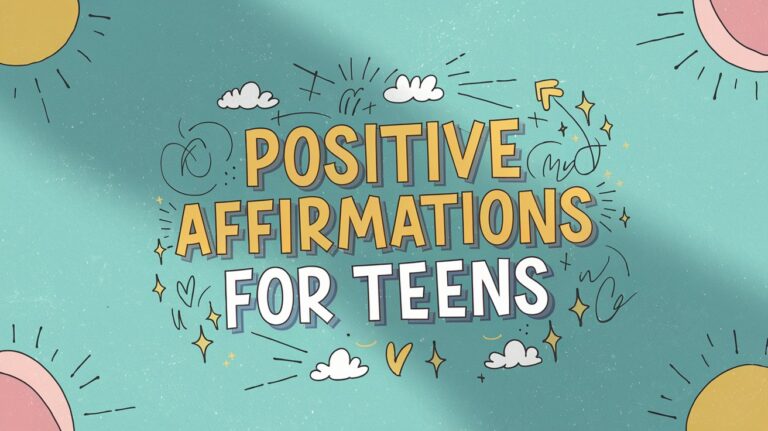Kids dealing with anxiety, depression, or trauma often respond well to emotional support animals. These animals offer comfort that medication or therapy alone may not provide.
But bringing an ESA into your child’s life requires more than a trip to the shelter. There’s a formal process to get documentation, and skipping steps can lead to problems.
This article breaks down what you need to know about getting proper ESA paperwork for your child.
Only a Qualified Clinician Can Issue ESA Letters
Your child’s emotional support animal letter must be from a licensed mental health expert, like a psychologist, psychiatrist, clinical social worker, or therapist with state-issued credentials. School counselors or general physicians usually don’t meet the requirement.
The clinician must assess your child’s condition directly through ongoing therapy or a dedicated evaluation. Either way, they must confirm that the ESA meaningfully supports your child’s mental or emotional health.
The letter should include the professional’s license number, contact details, and the date it was issued. Without those elements, schools or landlords may reject the documentation outright.
Diagnosis Is a Required Starting Point
To qualify for ESA documentation, your child must have a clinically recognized emotional or mental health condition. Common diagnoses include generalized anxiety disorder, depression, PTSD, or severe adjustment issues tied to trauma or stress.
The condition must be diagnosed using standards from the DSM-5, which guides clinical mental health evaluations. A simple claim of stress or sadness won’t meet the criteria.
Without a diagnosis, the letter lacks legal standing under housing laws like the Fair Housing Act. Schools and housing authorities seek evidence that the animal addresses a specific mental health need, not merely provides comfort.
Format and Wording Matter More Than You’d Expect
A valid ESA letter must appear on the mental health provider’s official letterhead. That includes the clinic’s name, full address, and contact information, not just the clinician’s credentials.
The wording inside the letter is also vital. It needs to confirm that your child has a qualifying mental or emotional condition and that the emotional support animal alleviates specific symptoms tied to that condition.
Generic templates often omit crucial phrasing and may contain unclear statements, which can lead institutions to question the legitimacy of the letter.
Rules Differ Between Schools and Housing
The Fair Housing Act protects your child’s right to live with an emotional support animal, but that doesn’t automatically carry over to school settings. Each environment applies different legal standards.
K–12 public schools are guided by Section 504 of the Rehabilitation Act or the Individuals with Disabilities Education Act (IDEA). That means your child may need an IEP or 504 plan to include the ESA in their school support strategy.
Colleges often treat ESAs as part of their housing accommodations, not classroom access. Requests must go through disability services, and decisions vary across institutions.
Public Access Rules Don’t Apply to ESAs
Service animals are trained to do certain tasks related to a disability. Conversely, emotional support animals offer comfort but receive no specialized training, which changes how the law treats them.
Under the Americans with Disabilities Act, only service animals are guaranteed access to public places, including restaurants, stores, and airports. Emotional support animals fall outside that scope.
Many businesses turn away ESAs because they’re not legally required to allow them inside. Some transportation services make exceptions, but it depends on their internal policy.
Beware of Quick ESA Letter Websites
Some websites promise instant ESA letters without conducting a thorough evaluation. They charge a fee, send a document within hours, and rarely involve a licensed provider who interacts with your child.
Courts and property managers increasingly flag these letters as invalid. When challenged, families often can’t prove a legitimate clinical relationship between the provider and the child, which weakens the case.
Licensed professionals must assess your child’s mental health and document the need for an ESA through proper channels. Fast paperwork may seem convenient, but it rarely holds up when legal standards apply.
Wrapping Up
An emotional support animal can change the way your child copes with stress, fear, or isolation. But getting it right means treating the process with the same care as any other treatment decision.
Ideally, take time to work with a qualified professional and avoid shortcuts. The peace of mind your child gains is worth every step.


















